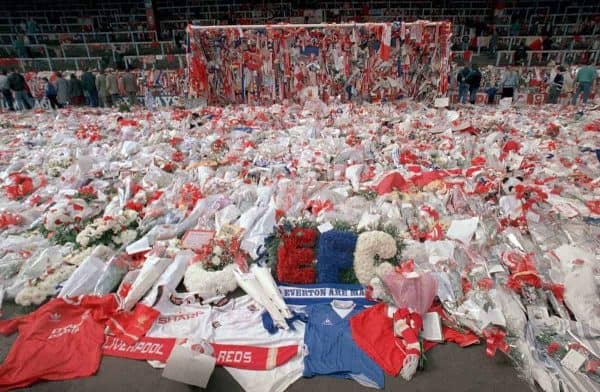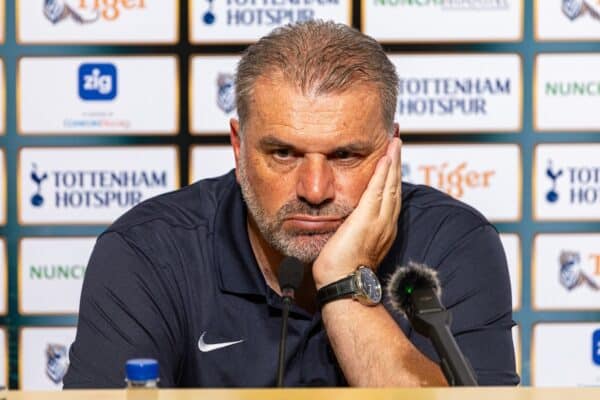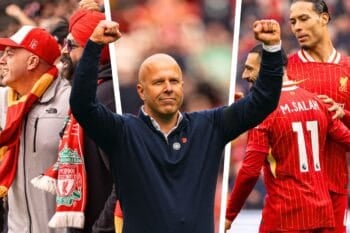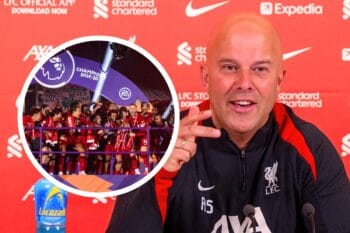On April 15, 1989, Liverpool supporters travelled to Hillsborough Stadium in Sheffield, home of Sheffield Wednesday, to watch their team play against Nottingham Forest in the FA Cup Semi Final.
Ninety-seven supporters would die as a direct result of their injuries sustained in a deadly crush that developed before kick-off and into the opening minutes of the semi-final match.
What happened on April 15, 1989?
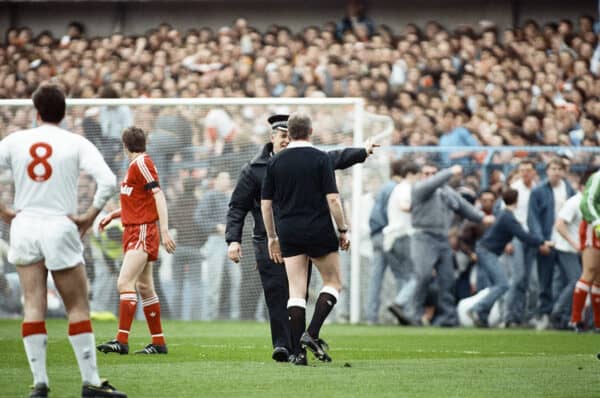
Liverpool supporters arrived in Sheffield for a 3pm kick-off against Forest on a sunny afternoon.
On approach to the ground, there was a build-up of supporters outside the Leppings Lane end which had been allocated to Liverpool fans.
On police advice, there were only seven turnstiles allocated by Sheffield Wednesday to admit 10,100 people.
The build-up of the crowd outside became dangerous to life, therefore exit Gate C was opened three times in 12 minutes after 2.48pm.
With the gate opened to relieve pressure outside the ground, fans could then walk freely into the stadium.
Once through the turnstiles or Gate C, the vast majority of supporters walked straight down the tunnel in front of them into two already overcrowded pens.
This tunnel should have been closed off and fans redirected to side pens. Those two pens to either side were left well under capacity.
In the central two pens, a deadly crush developed as fans couldn’t escape due to the mass of bodies behind and the fence in front.
At 3.06pm, the match was stopped as police and fans began to spill onto the pitch.
Within four days of the disaster, the death toll stood at 95. In March 1993, Tony Bland became the 96th direct victim.
In 2021, Andrew Devine passed away and became the 97th victim as a court ruled he was unlawfully killed due to his injuries suffered.
For more details, please see the 2012 Report of the Hillsborough Independent Panel here.
The unfair placing of blame on supporters
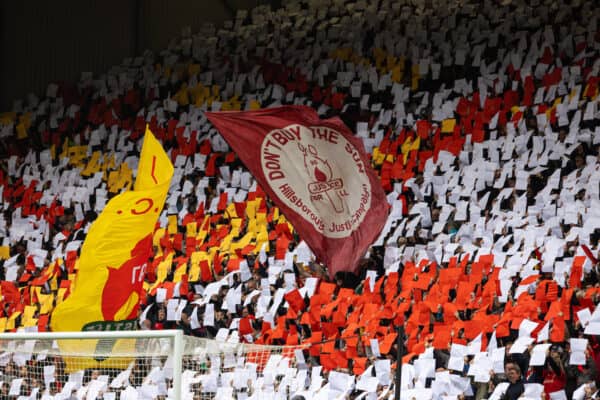
As supporters fought for their lives, the blame was already being unfairly placed at their feet.
South Yorkshire Police Match Commander, Chief Superintendent David Duckenfield, lied to senior officials, saying that Liverpool fans had broken into the stadium and caused an inrush into the central pens.
This was unfounded and untrue, yet it was broadcast internationally and put forward to the public as the first cause of the disaster.
The cover-up by authorities ran deep and there was a systematic attempt to place blame on Liverpool supporters, who were portrayed as drunk and subhuman by police-influenced newspaper headlines.
The Sun is still boycotted on Merseyside as a result of the disgusting, defamatory front page they ran in the aftermath of Hillsborough.
Police statements were systematically altered to remove criticism of the authorities, though a technicality effectively meant this wasn’t illegal in a criminal court of law.
The fight for justice
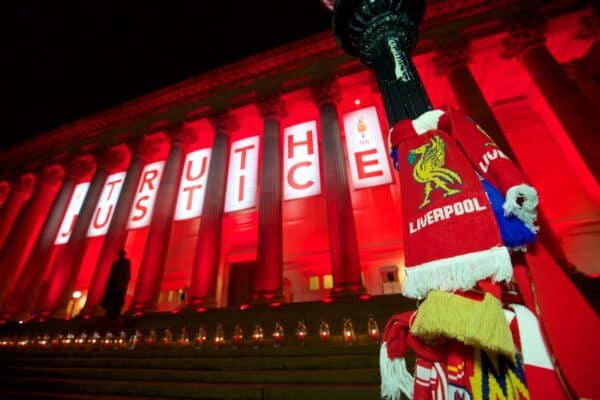
With the name of Liverpudlians and loved ones being dragged through the mud, a fight for justice ensued that has never really concluded, though the findings of the 2016 inquests did provide respite for families.
In 1990, a judicial inquiry overseen by Lord Justice Taylor found that the failure to close off the tunnel was “a blunder of the first magnitude” and match commander David Duckenfield “failed to take effective control.”
In 1991, the original inquests saw Coroner Dr Stefan Popper rule out any evidence relating to fans’ deaths beyond 3.15pm, with that being the cut-off point for all who died in the stadium.
This was not correct.
In 2000, the Hillsborough Families Support Group attempted to privately prosecute Duckenfield and his deputy Bernard Murray.
They were charged with manslaughter and misconduct in public office, but the jury acquitted Murray and failed to reach a verdict on Duckenfield.
In 2009, campaigners had a breakthrough as a 140,000-signature petition forced a Commons debate that led to the full disclosure of 300,000 documents.
After the Hillsborough Independent Panel published their 2012 report into the disaster, the previous verdicts of accidental death were quashed and new inquests were ordered.
From March 2014 until April 2016, families of the deceased were forced to listen to lies in court that had been repeated for 30 years.
In the end, though, the jury reached the verdict that those who died were unlawfully killed.
The jury also answered, ‘No’, when asked if supporters’ behaviour caused danger.
For more details, please read Professor Phil Scraton’s ‘Hillsborough: The Truth‘.
Prosecutions
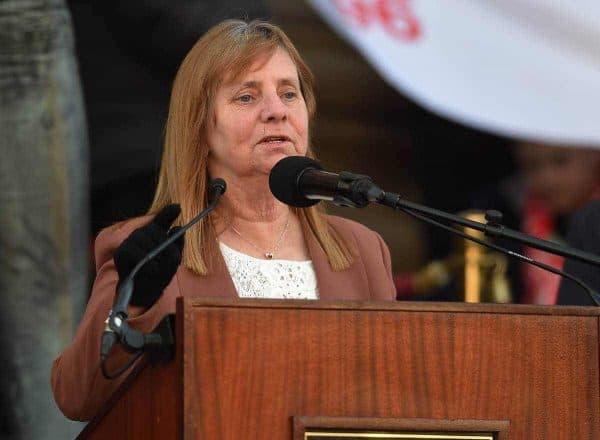
Only one individual has ever been successfully prosecuted for what happened at Hillsborough – the stadium safety officer, Graham Mackrell, was fined £6,500.
He failed to ensure there were enough turnstiles to prevent large crowds from building up outside the Leppings Lane end of the ground.
In a criminal court, in 2019, Duckenfield was acquitted of manslaughter by gross negligence, this despite him being found to have been grossly negligent by the jury at the 2016 inquest.
In addition, solicitor Peter Metcalf and retired police officers Donald Denton and Alan Foster were accused of altering police statements and helping to cover up police failings.
Their trials collapsed on a technicality.
Norman Bettison, former chief constable of West Yorkshire Police, had faced four counts of misconduct in a public office over false accusations of supporters. However, prosecutors decided that insufficient evidence meant there was no realistic chance of a conviction.
